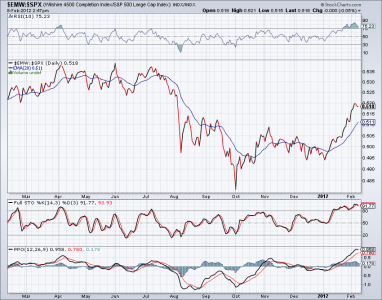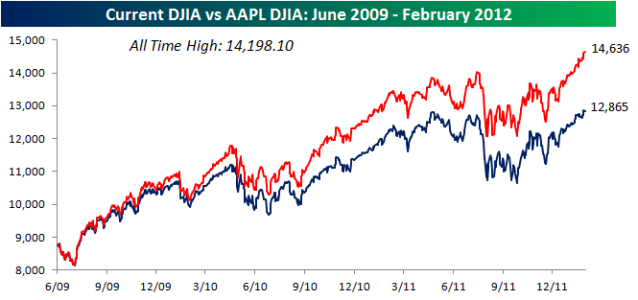RealMoneyIssues
TSP Legend
- Reaction score
- 101
10 UPCOMING ECONOMIC RELEASES:
Here is the schedule for the rest of the month:
1) Initial University of Michigan consumer sentiment survey for February (2/10),
2) January retail sales and December business inventories (2/14),
3) January industrial output and the January 25 FOMC minutes (2/15),
4) the January PPI and January housing starts and building permits (2/16),
5) the January CPI and the Conference Board’s Leading Economic Indicators index for February (2/17),
6) January existing home sales (2/22),
7) January new home sales and the final University of Michigan consumer sentiment survey for the month (2/24),
8) January pending home sales (2/27),
9) January durable goods orders, the December Case-Shiller home price index and the Conference Board’s February consumer confidence poll (2/28),
10) The second estimate of Q4 GDP plus a new Beige Book from the Fed (2/29).
The January consumer spending numbers come out on March
Looks like it will all be positive and we will shoot up for another month. Woohoo !!!


